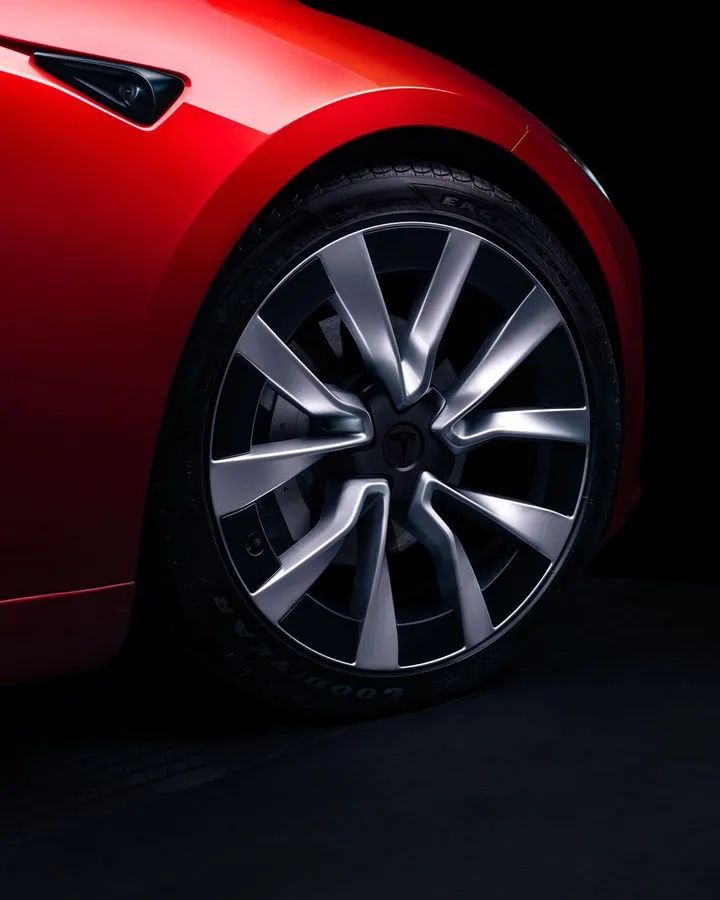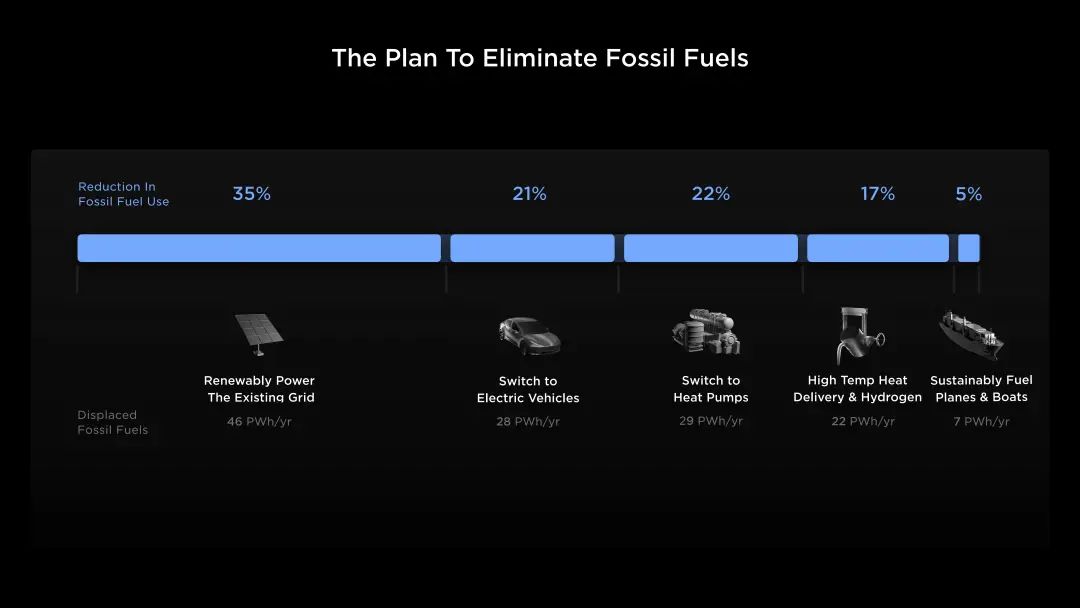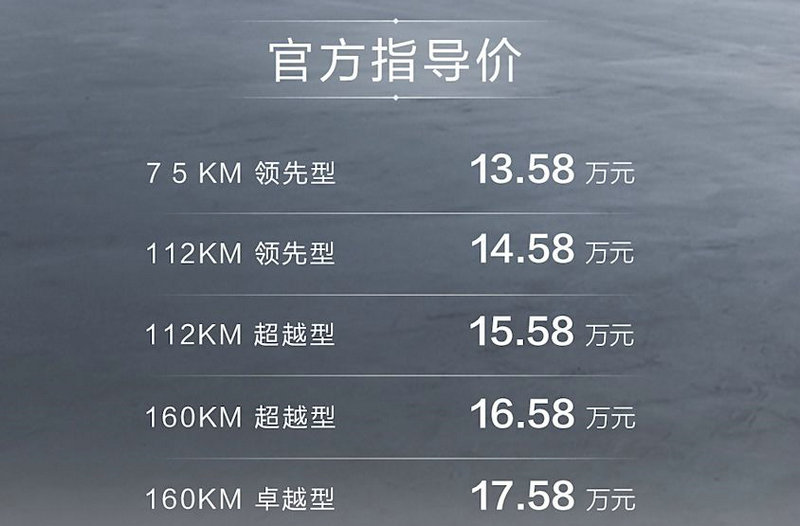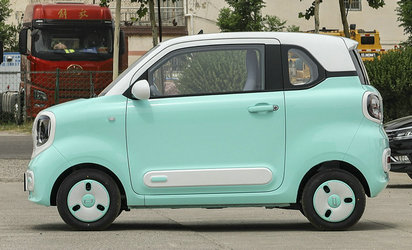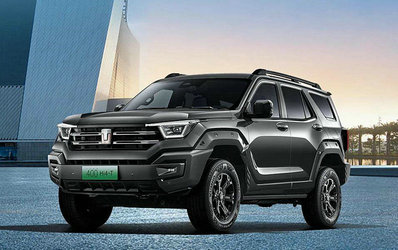The Ideal MPV looks exactly like a high-speed rail locomotive, and netizens made hilarious comments
Recently, Li Auto released their latest model MVP. However, the front design of the car's high-speed train unit has triggered widespread discussion. People began to question whether the car's design had been adequately thought through.
Some people directly expressed their dissatisfaction with the front design, joking that the drag coefficient should be 0.00000000000000000000001 as a tribute to the high-speed rail and also to respect Newton. This exaggerated statement further highlights the controversy over the MVP front design.
 Netizens ridiculing the picture: MEGA high-speed rail locomotive
Netizens ridiculing the picture: MEGA high-speed rail locomotive
 Spy photos circulated online: land high-speed rail, or a proper business seat
Spy photos circulated online: land high-speed rail, or a proper business seat
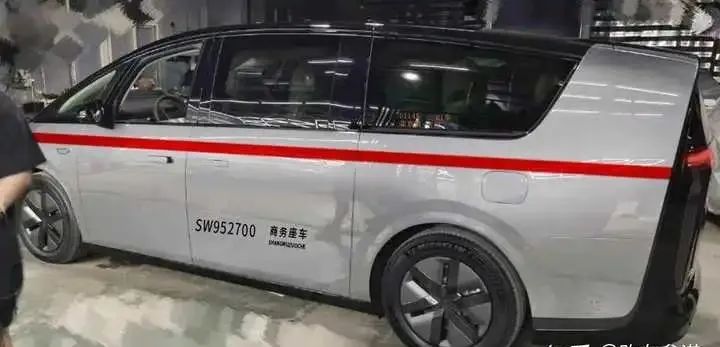 Li Xiang previously said boldly: If the design is really like this, I will kill the design team and jump off the building myself.
Li Xiang previously said boldly: If the design is really like this, I will kill the design team and jump off the building myself.
Some believe that front end design is a subjective matter. Some people think that the design of the ideal MVP is pretty good, especially the front of the EMU looks very pleasing to the eye. Although there are differences from the high-speed rail locomotive, it is generally similar. However, some people think that the MVP front design is too conservative and places too much emphasis on the large front grille. For pure electric vehicles, the closed front grille may cause controversy. They believe that the design team should focus more on details that are invisible to consumers, rather than just pursuing appearance.

The design of this thing is really a matter of opinion. Personally, I think the design of Ideal MEGA is pretty good. Anyway, the front of the train looks very pleasing to the eye, and the transplanted version will be much the same. Today's MPVs don't know whether they want to highlight their majesty or domineering power or they dare not change the traditional design of the past. They insist on a large front grille. This design of hybrid models is understandable, while pure electric models have a completely closed front grille. To put it bluntly, it's really like taking off your pants and farting. It's better to use your efforts in places where consumers can't see it. For example, the design of Director Li's jumping model has wind resistance that consumers can't see or touch. It doesn't look like Director Li. The style can only hit the front of a high-speed train for everyone to feel.


The drag coefficient is a mathematical parameter determined through "wind tunnel experiments and sliding experiments". It can be used to calculate the air resistance of a car while driving. The size of the drag coefficient depends on the shape of the car. The greater the drag coefficient, the greater the air resistance. There are many forces involved in the driving process of a car, and wind resistance (air resistance) is one of the most influential forces that can be optimized and hinder driving.
Let’s look at the drag coefficient performance of some reference objects:
The drag coefficient of a supersonic aircraft is 0.016Cd;
The drag coefficient of raindrops is 0.05Cd;
The drag coefficient of the paper airplane is 0.196Cd;
The drag coefficient of the bullet is 0.295Cd;
The drag coefficient of high-speed trains is 0.48Cd;
Let’s take a look at some drag coefficient performance of competing models:
The drag coefficient of Denza D9 is 0.33Cd;
The Lantu Dreamer has a drag coefficient of just 0.281Cd;
ZEEKR 009, which claims to have refreshed the record for the lowest drag coefficient in the MPV world, has a drag coefficient of only 0.27Cd;
Although the drag coefficient of MVP is around 0.295Cd, which is not bad for an MPV model, it is certainly not satisfactory to Li Xiang, the founder of Li Auto.

Mao Guessui said that MVP will definitely become the number one in the MPV field. They may compare the drag coefficient with mainstream sedans to achieve a level of 0.26. However, for such a large model, the impact of wind resistance on cruising range is not as important as that of cars and SUVs. What is more critical is the efficiency and lightweight capabilities of the battery system.
Finally, when it comes to whether Li Xiang will fulfill his previous bold words, if the MVP is really designed to be what it is now, do you think he will jump off the building? This question remains an unknown.

The above is the full content of The Ideal MPV looks exactly like a high-speed rail locomotive, and netizens made hilarious comments


